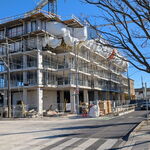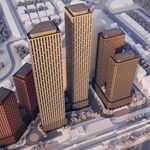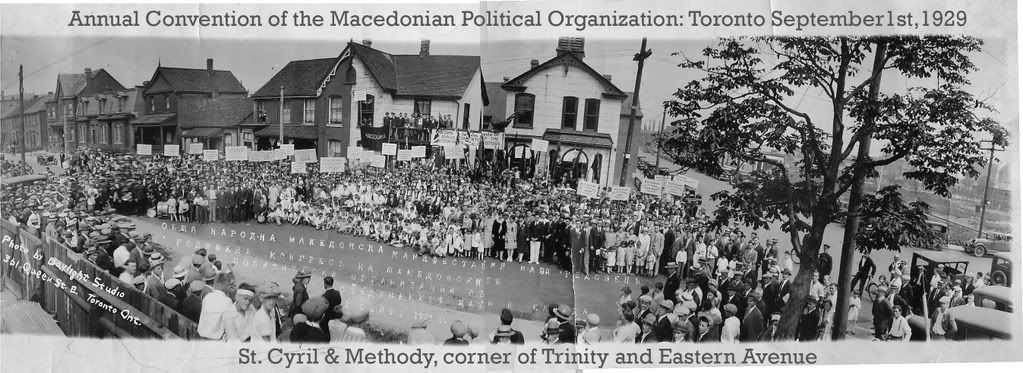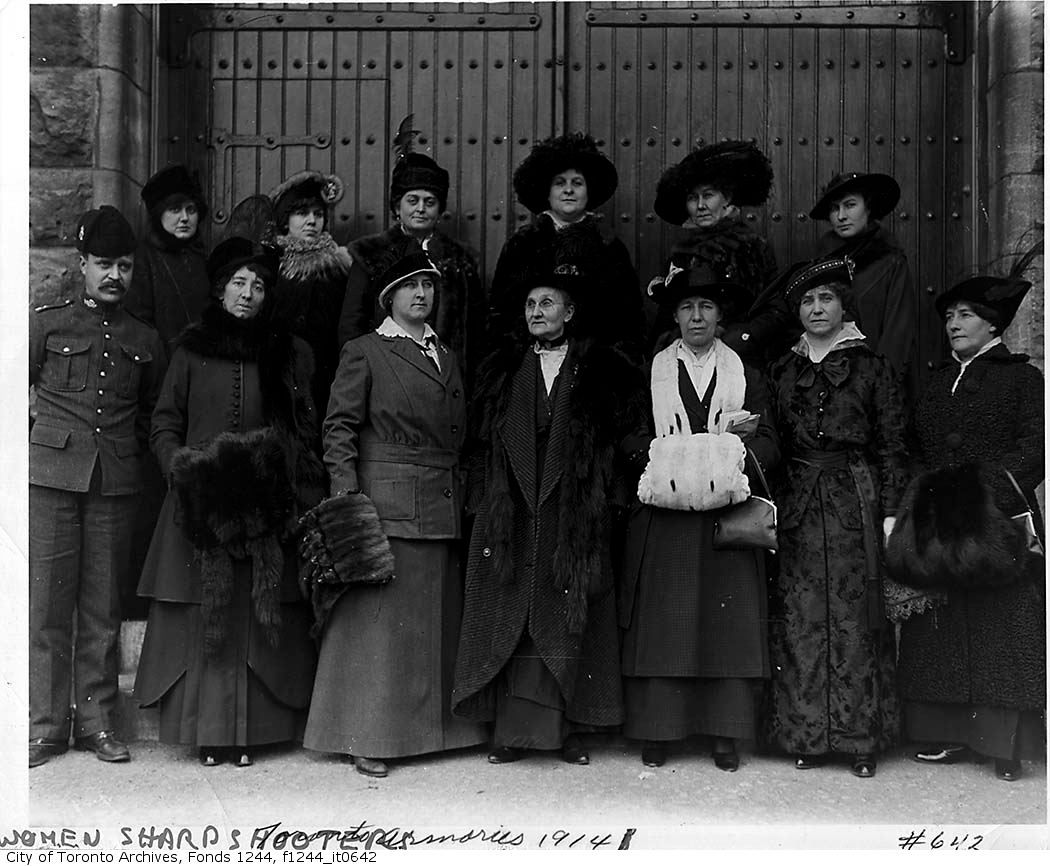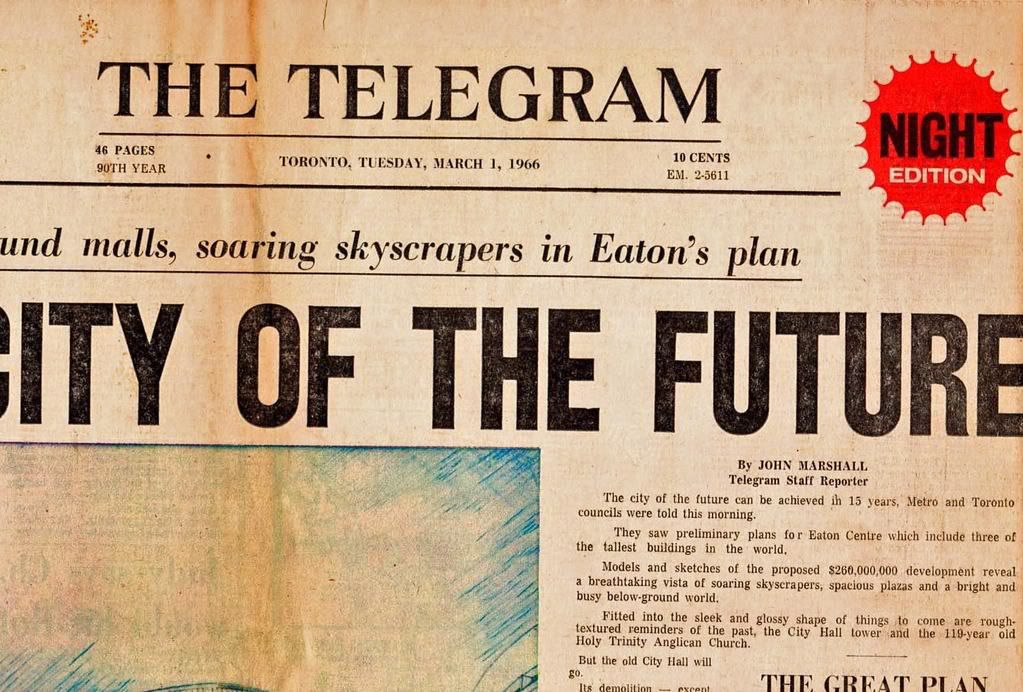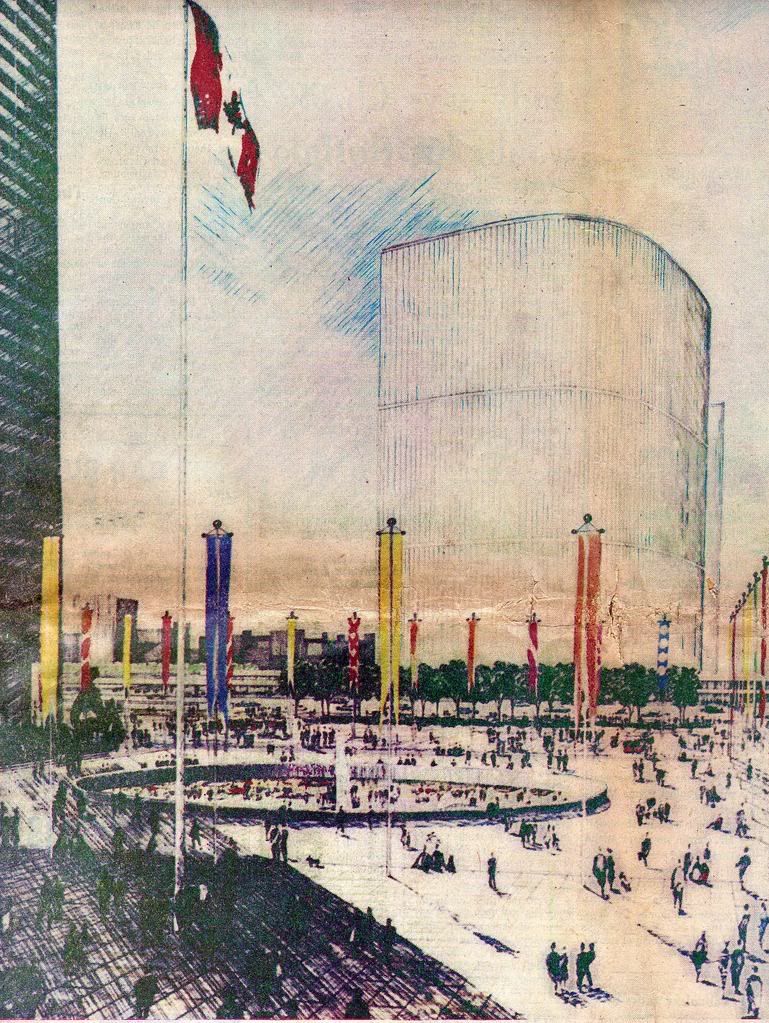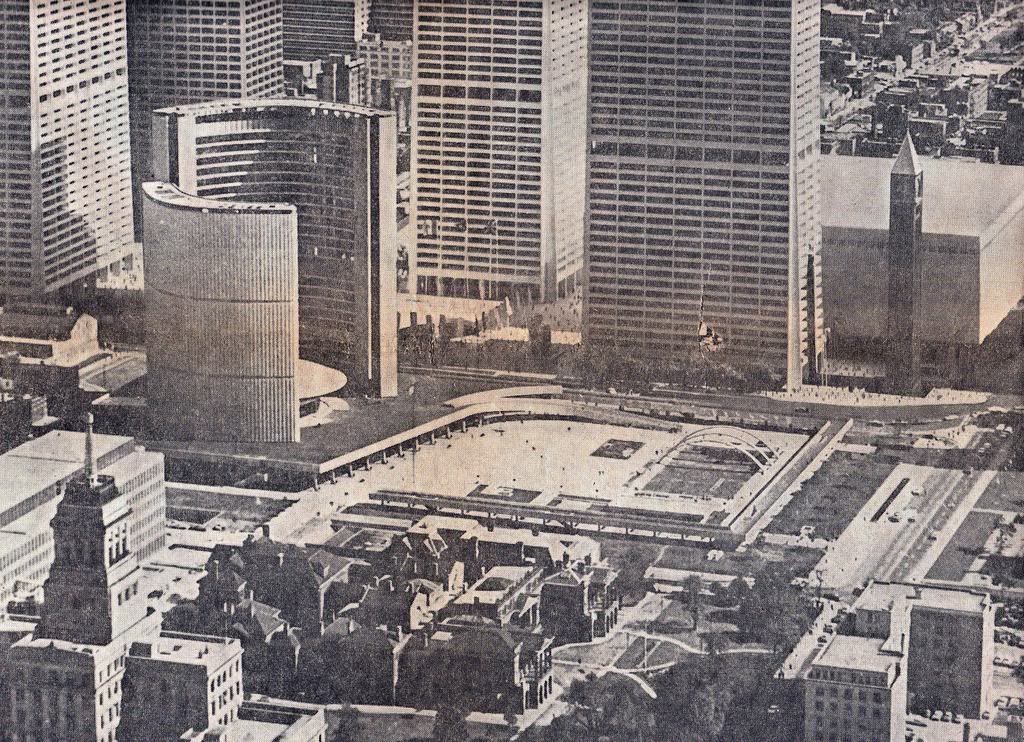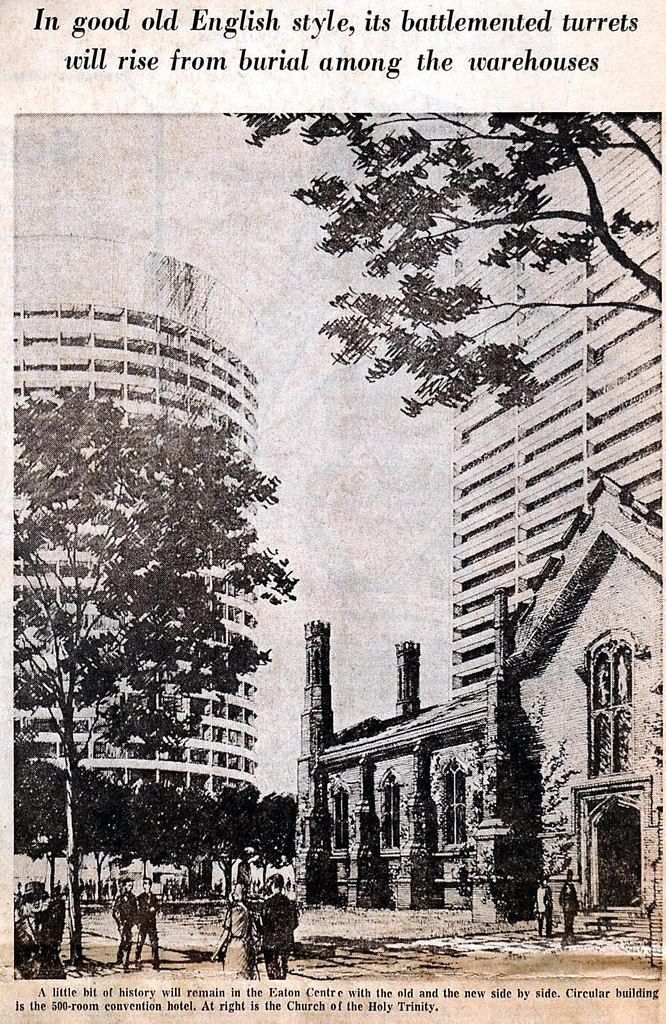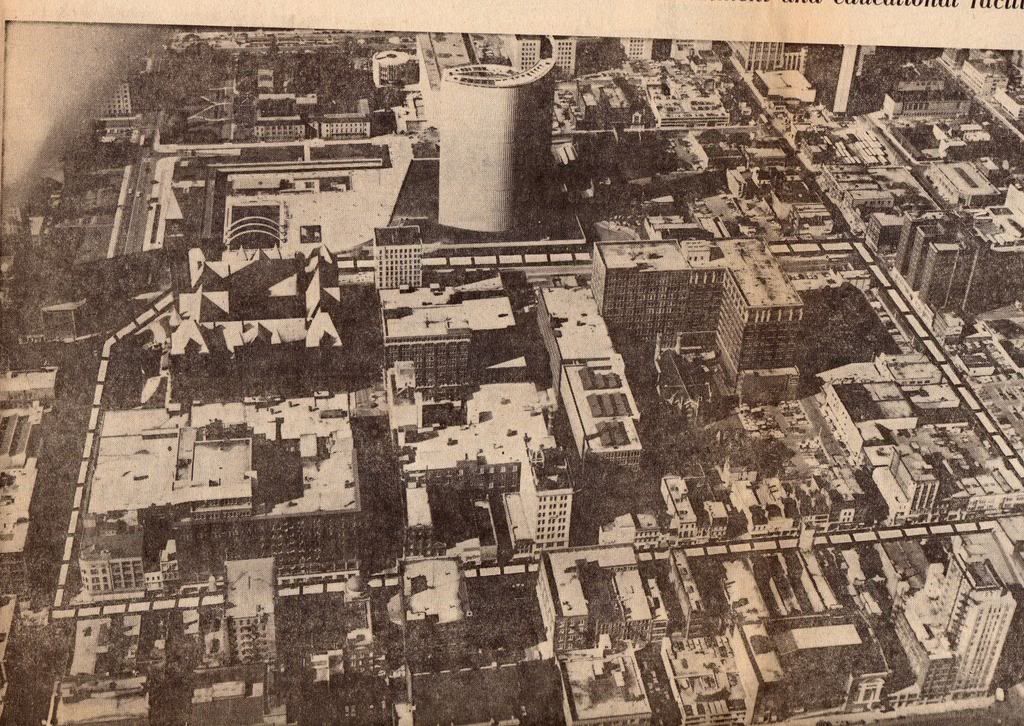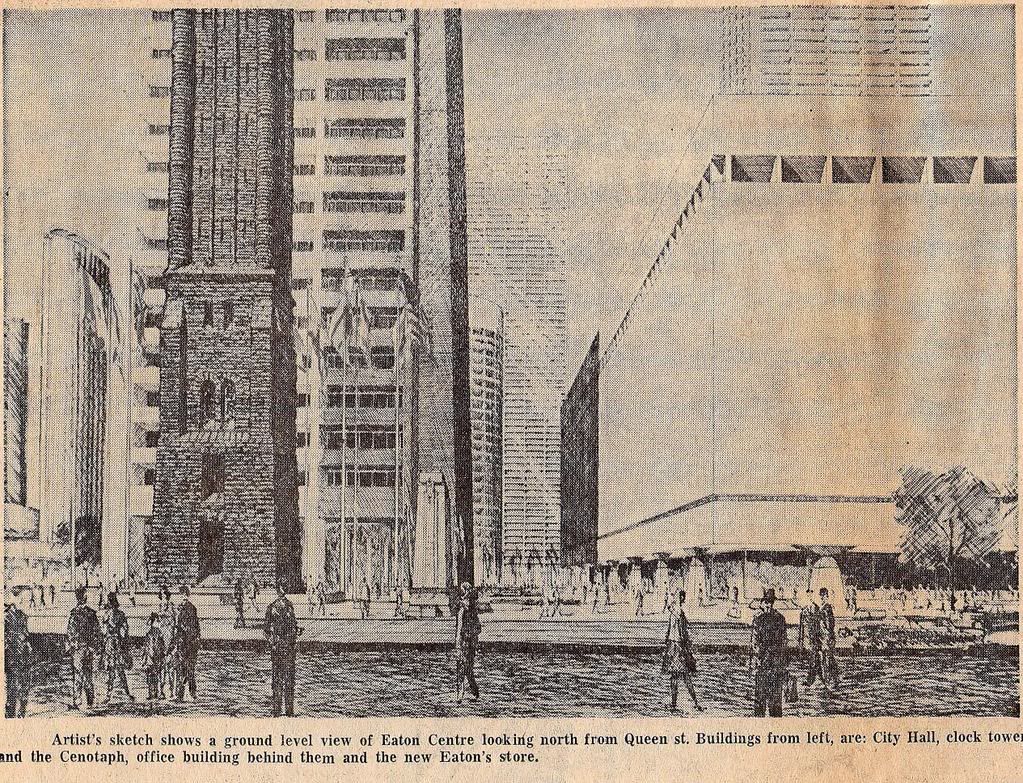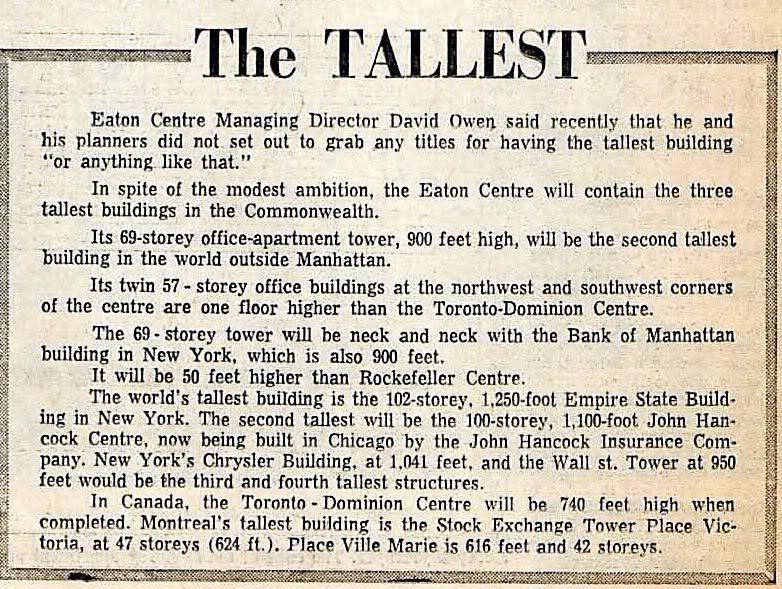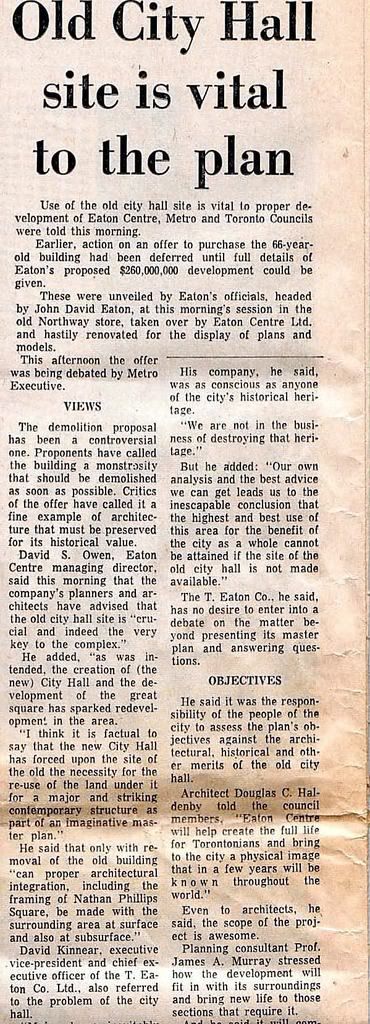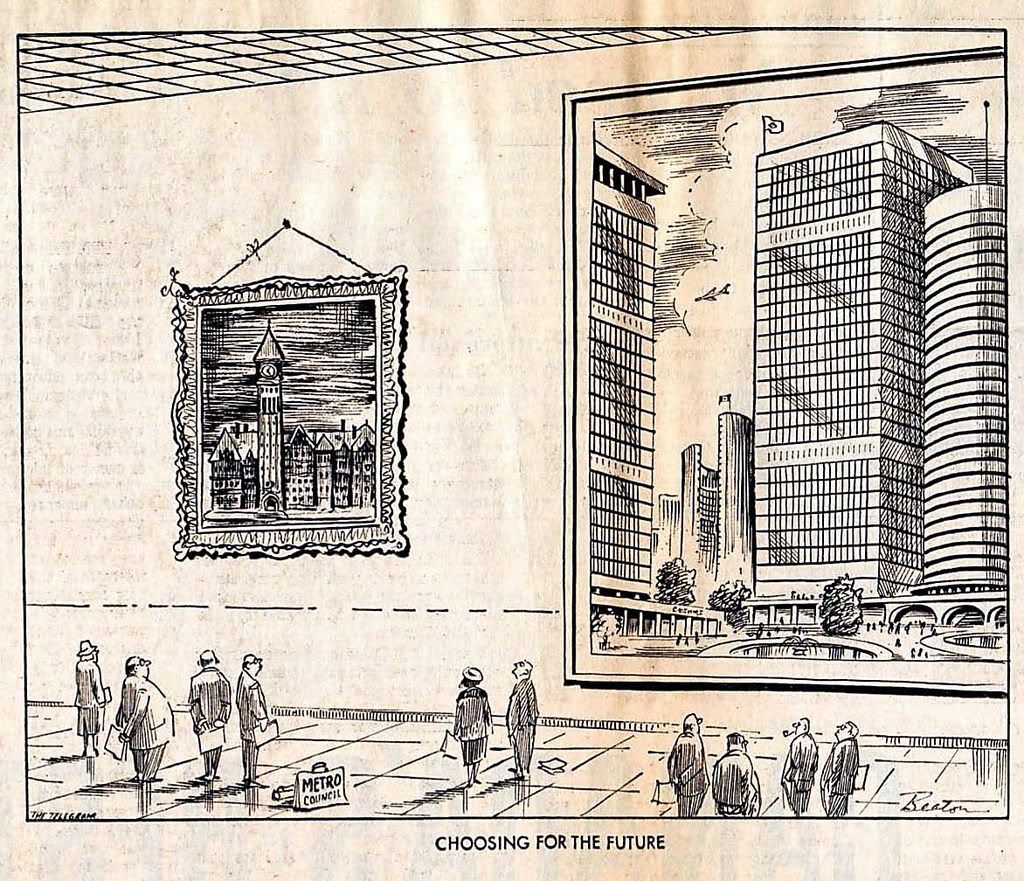LowPolygon
Senior Member
Hello everyone! This is a great thread, and I have some interesting pictures that I want to share. Toronto's Macedonian immigrants were known for entering the food industry upon their arrival since the early 1900s. In the 1970s, it is estimated that two-thirds of all the restaurants in Toronto were own by Macedonian families! Here are some of Toronto's early Macedonian restaurants:

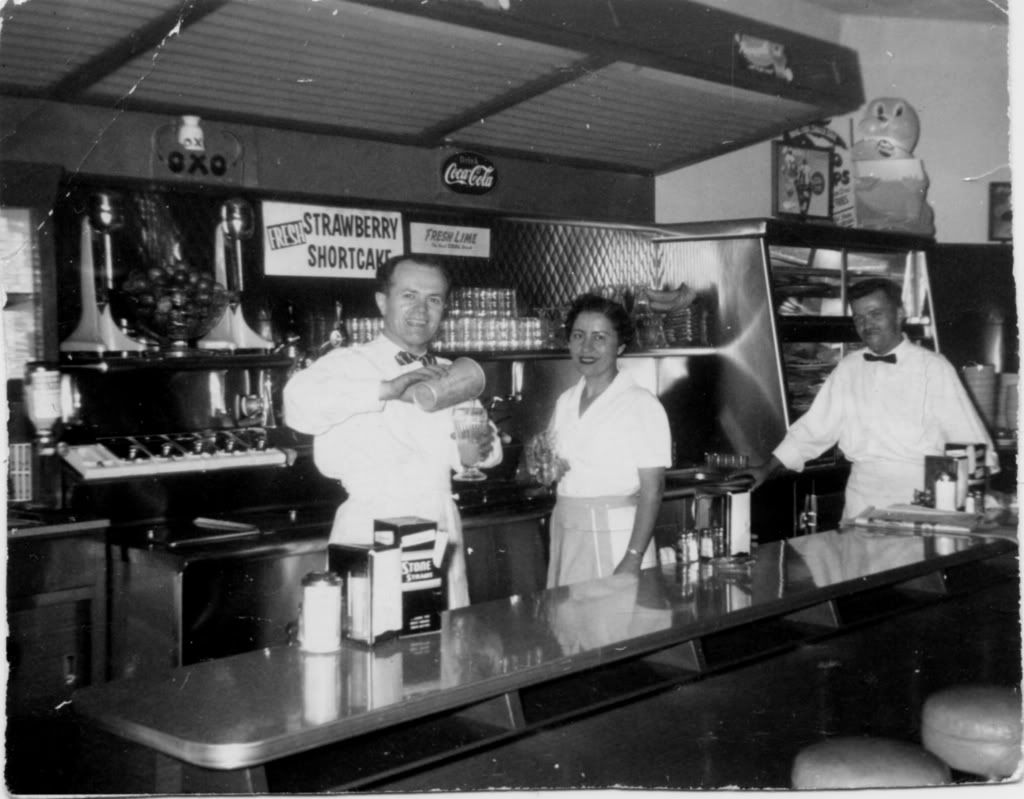
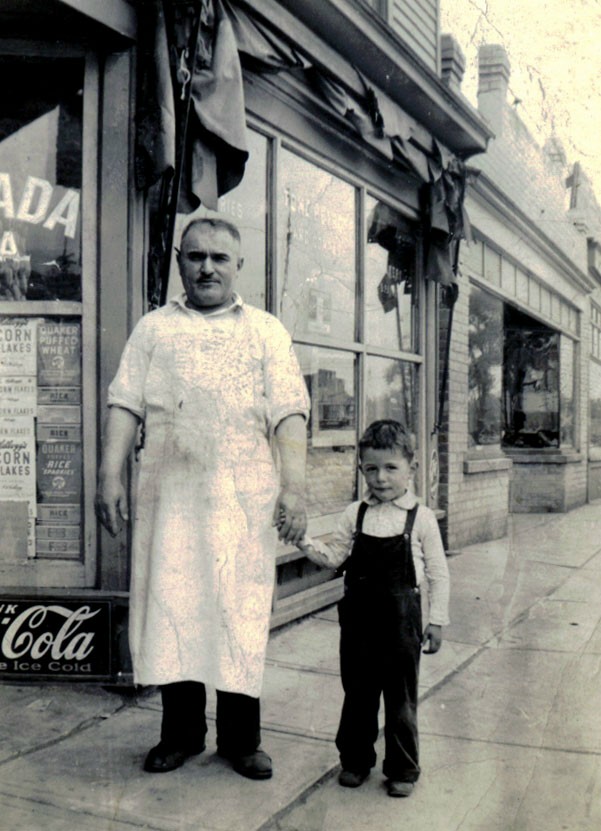
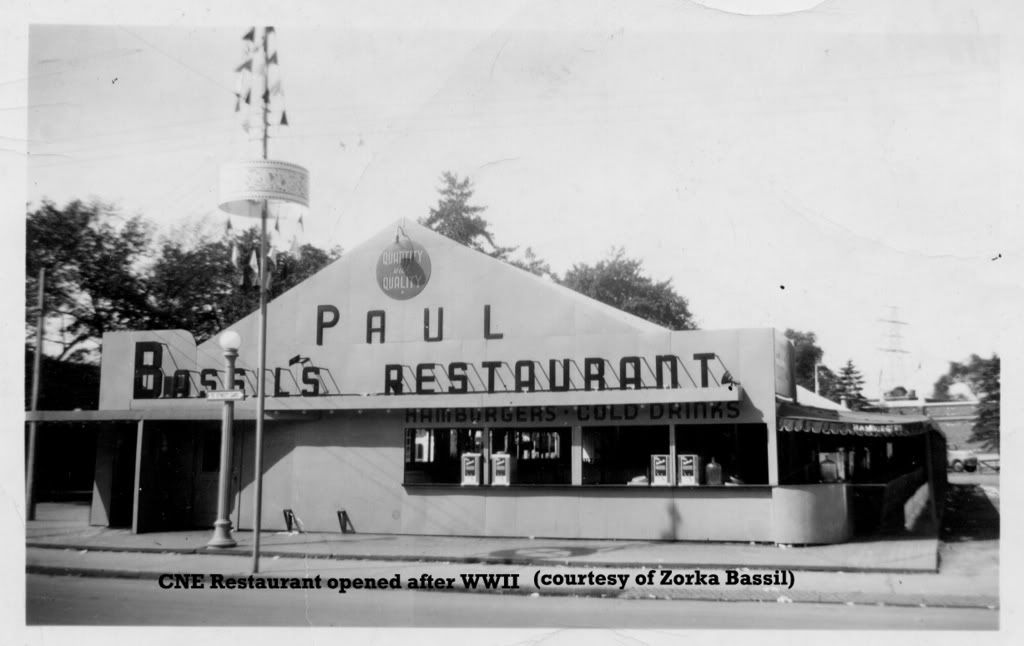
thank you for contributing these! they are wonderful. do you have any idea of the location of the restaurants in the first three? the third street scape looks kind of familiar...
does anyone know why the Macedonians were drawn to the food industry when they arrived? there are of course some later groups who also gained entrance into Canadian society through the restaurant business--the Thai immigrants most recently...
i'm wondering whether the menus in these establishments reflected Macedonian heritage at all--or whether they served exclusively 'Canadian' or 'North American' dishes. the sign in the second one is advertising 'Strawberry Shortcake'!
